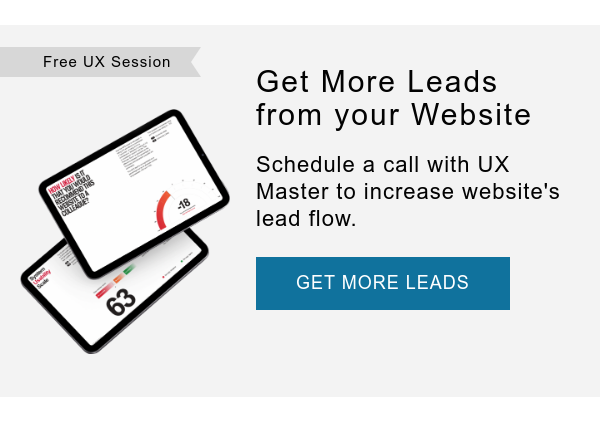 The checkout process is one of the most important components of any website with e-commerce capabilities. A confusing checkout process that has too many steps will guarantee a downturn in sales. Shoppers will simply abandon their carts. An effective checkout process should involve a minimal number of steps and should guide customers through a straightforward and hassle-free transaction. Here are some quick and easy tips to optimize your website checkout process.
The checkout process is one of the most important components of any website with e-commerce capabilities. A confusing checkout process that has too many steps will guarantee a downturn in sales. Shoppers will simply abandon their carts. An effective checkout process should involve a minimal number of steps and should guide customers through a straightforward and hassle-free transaction. Here are some quick and easy tips to optimize your website checkout process.
1. Don't Waste Customers' Time
During checkout or user registration, you should only ask for essential information. Don't waste your users' time! Asking for too much information will negatively impact your sales. Distractions are also a deterrent. When a customer is near completion in the checkout process or registration, unrelated content or features could make them leave the page or abandon the cart.
Once the user is at the final stage of converting, your objective is to guide them through the payment process or capture their contact information. You should never ask a customer to log in or register to complete a purchase. Create a smooth-running checkout process that integrates seamlessly with your website instead of sending the customer to a third-party site to complete their purchase.
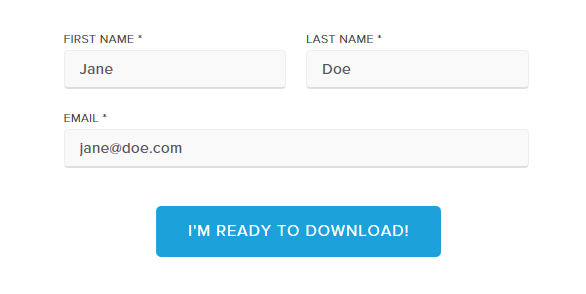
2. Make Error Validation User-Friendly
You should also strive to make checkout errors easy to fix. People will make mistakes when completing forms. When a customer encounters an error message, your website needs to facilitate a quick and easy fix by providing clarity on the location and nature of the error. An optimized checkout process should highlight the fields with errors and and guide the user through to completion. The problem should not be frustrating or tedious for the user to fix.
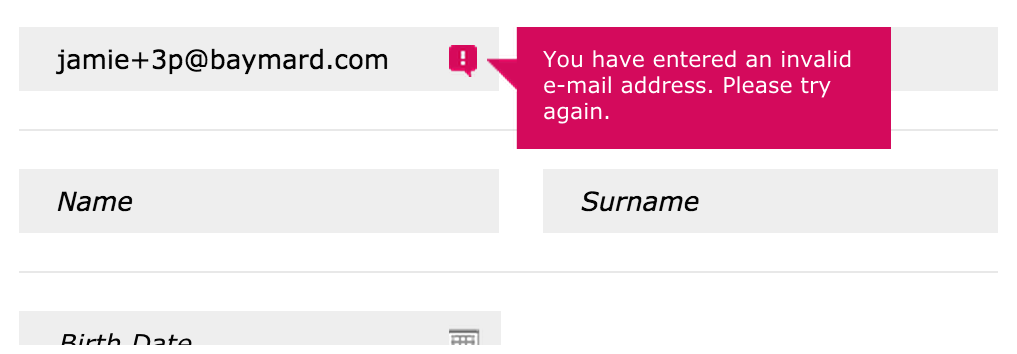
3. Offer Product or Service Customization
Websites that offer product or service customization options (such as building your own product or choosing different service components) should make it easy to select, modify and preview the available options. This will improve the overall customer experience, maintain user confidence throughout the process and ensure the accuracy of custom orders.
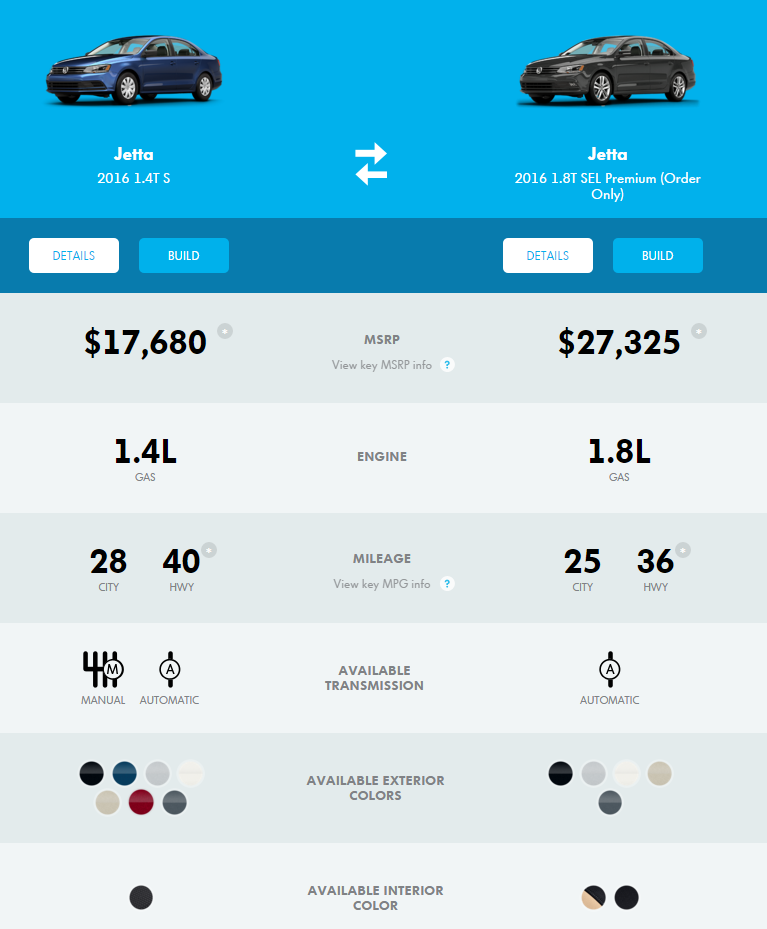
4. Use Sales Offers and Incentives
Sometimes you have to sweeten the deal to encourage website visitors to complete a call to action. Providing incentives, such as freebies, special promotions, coupons and discounts, will undoubtedly increase conversion rates.
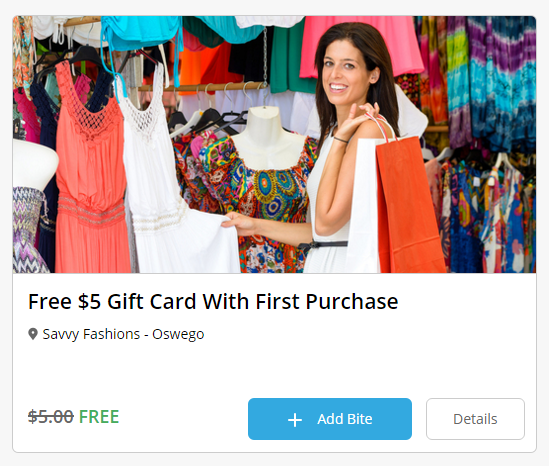
5. Utilize Cross-Selling and Up-Selling
Another powerful technique to increase your sales is up-selling and cross-selling. Up-selling is the practice of recommending a more expensive (or more fully-featured) item in the product line that may better serve customer needs, whereas cross-selling is designed to sell additional related products or features. Both approaches are effective in increasing the price of their total order.

6. Track Abandoned Orders and Conversions
You worked hard for each website lead or sale, so the last thing you want is to lose a customer due to a trivial issue. Surprisingly, most website owners don’t know that the data from incomplete orders or forms can be saved in the database and used to follow up with potential customers. Beginning the online checkout process or partially completing a form requesting information is not just an indication of interest; it is a strong purchasing signal.
No matter how well designed, intuitive and streamlined your website is, things can happen to interrupt the ordering process. People get distracted, experience computer problems or need more information to complete the order. Whatever the reason, if they began the checkout steps, it means they were interested. Assuming that your website is set up to retain contact information collected from partially completed orders, your sales team should follow up with these prospects.
There are lots of reasons why. First, you may be able to salvage the sale. Second, you may learn what prevented the visitor from completing the order. Third, you may uncover a technical problem or a bigger issue with your product line or services. By tracking and conducting routine follow-up contact on every incomplete order or form, you can ensure that no customer is left behind.
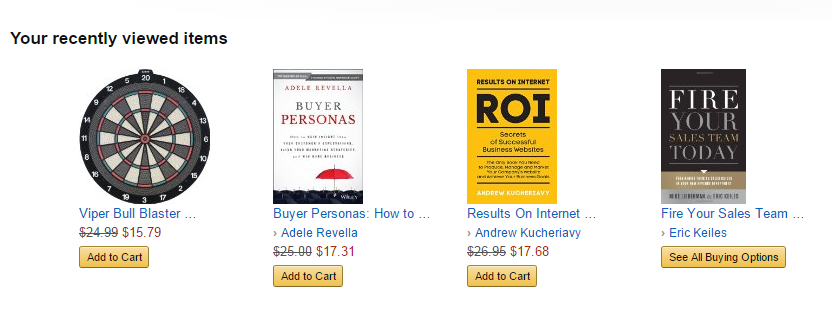
As you can see, there is no single proven recipe to maximize your website conversions, but by adopting these recommendations, you will create a single, seamless experience that makes it possible to increase your conversion rate. Remember, it’s generally not a single website feature that sells, but rather the overall customer experience.
